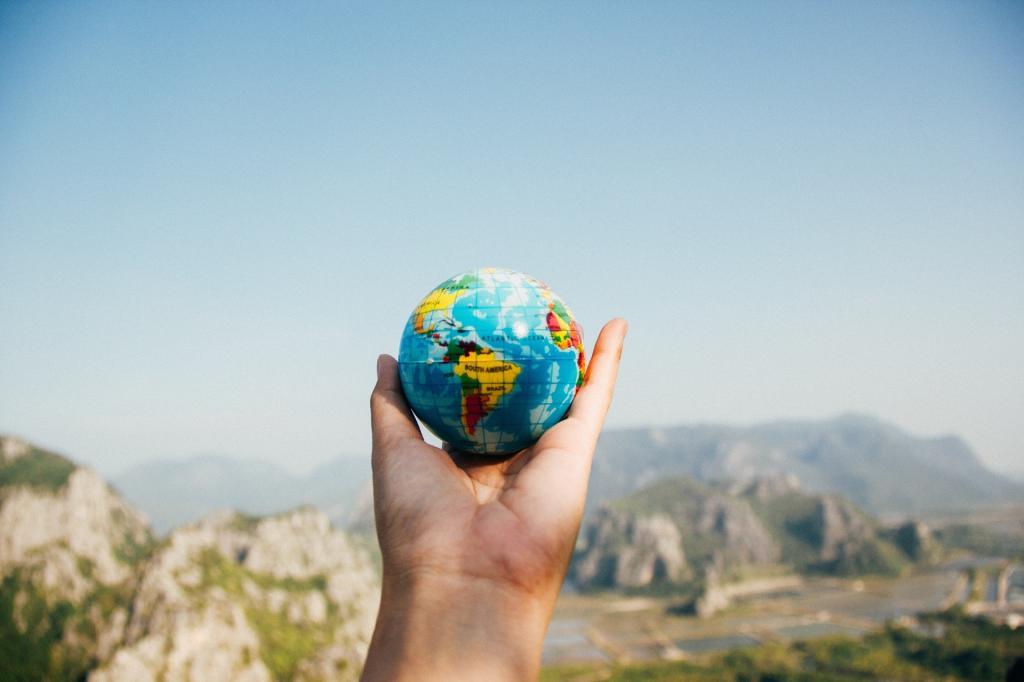Greta Thunberg did not wait to be 25 years to contribute to the betterment of the planet
An informed citizenry is the only true repository of the public will, said the third President of the United States, Thomas Jefferson.
Since time immemorial, social movements have led to awareness creation and ultimately resulted in change at the grassroots. The climate crisis is indeed massive but through education and awareness creation, we can overcome it. It’s no different than issues that we have handled in the past if approached correctly.
We’re at a precipice of monumental change. The coming generations will have to step up to restore and replenish the natural world to survive. Suffice to say that we have to build a generation of Steve Irwins, Jane Goodalls, David Attenboroughs and Greta Thunbergs — a generation of people of nature. This time around, just one won’t do.
What do these people have in common? It’s the love for nature cultivated in their childhood — the love ingrained in them to make their passion their purpose and bring about a real difference.
Transformative approach
I believe the answer to solving the climate crisis is a green childhood. Today, nature cannot be an afterthought. Now is the time to find solutions in nature. It will require a paradigm shift, not just in our policies, education systems or business models but a change in our entire approach.
This might be an opportunity for us to spread awareness among children through a systematic learning plan, where it’s not only about studying the importance of nature. Instead, they will be taught how they can contribute to the planet’s survival from an early age. Greta did not wait to be 25 years to contribute to the betterment of the planet.
Green childhood is about bringing simple learnings grounded in nature to children of 4-14 years. Most importantly, it’s about empowering children to live sustainably and contribute to a nature-positive world. It’s holistic learning solutions that go beyond classrooms.
We have witnessed the world converging at global conferences to make this planet habitable for present and future generations. Innumerable local and international policies are made and billions of dollars allocated towards projects — but our work doesn’t stop there.
Strong foundation
Children are about to inherit the world from us. A recent study has confirmed what we already know — today’s children are set for more climate disasters than their grandparents. The climate crisis is bringing stark intergenerational injustice. That’s why we have to build a foundation that remains for decades to come.
We have to tackle the issue of the environmental crisis at the grassroots. We have to do it by involving our children because they are our only hope. Applying them to green living when they’re young and impressionable can make a real difference.
Green childhood begins young and the values are carried into adulthood.
Critical role of parents
Green childhood requires a great degree of parental guidance and, most importantly, patience. We can expect a massive cultural shift through these efforts, where parents will be subjected to questions related to their lifestyle patterns that affect the environment.
These learnings are not just expected to weave concepts of “Reduce, Reuse, Recycle” but also use techniques to figure out its implementation in daily lives while monitoring impact.
Green childhood, overall as a thought-process, will ingrain nature and nature positiveness in the same way a child learns his mother tongue or is taught about her religion. Green childhood goes a step beyond. It’s as essential as breathing.
They say a child is the father of the man. So if it’s true, green childhood is the antecedent.
Today’s children are smarter and more aware and hence, they’ll prove to be influential change-makers. We just have to empower children to ask the right questions.
Based on our current consumption patterns, global food production is estimated to increase by 50 per cent to 98 per cent over 2005 levels by 2050. This demand will put a massive strain on the food, land and water systems across the globe.
Scientists predict that natural disasters, including floods and forest fires, will create a climate exodus. It’s going to change the pattern of the crops we sow and our consumption patterns.
Are we prepared for such realities? The simple answer is no. We are still living in business-as-usual scenarios. Green childhood is the only way to enhance our ability to meet the aggressive climate targets of 2050.
If we have to #MoveTheDate and prevent further loss and degradation of nature, we must inform and educate the current and future generations to embrace nature through green childhood.
Because
If not now, then when?
If not us, then who?
Article Credit: downtoearth.org.in
